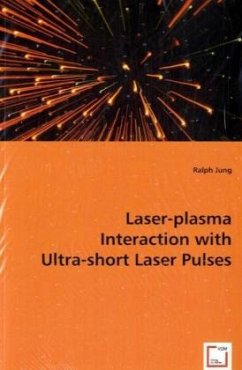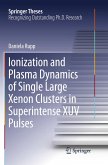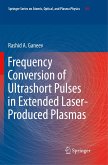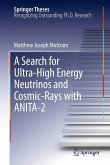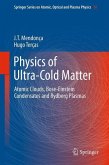In 1985, the invention of the Chirped Pulse Amplification (CPA) technique made it possible to amplify ultra-short laser pulses to high intensities. Nowadays, laser pulses containing only few optical cycles can be amplified to several tens of gigawatt on a daily basis, using compact table top systems, and lasers that even produce pulses of petawatt power are available at international laboratories. This book comprises the specification and description of two experiments which were carried out to research the interaction of high intensity, ultra-short laser pulses with matter. In the first experiment, the ionization front and the plasma channel generated by laser pulses of sub-10-fs duration and gigawatt power were studied using optical shadowgraphy and interferometry. During this experiment the propagation of the front and the evolution of the channel were resolved optically with sub-10-fs time resolution for the first time. The second experiment, which was carried out at the VULCAN Petawatt laser at the Rutherford Appleton Laboratory (UK), included the research of the propagation and filamentation of a laser-produced electron beam through an over-dense plasma. The structure of the beam was observed by imaging the optical transition radiation produced by the MeV electrons.

